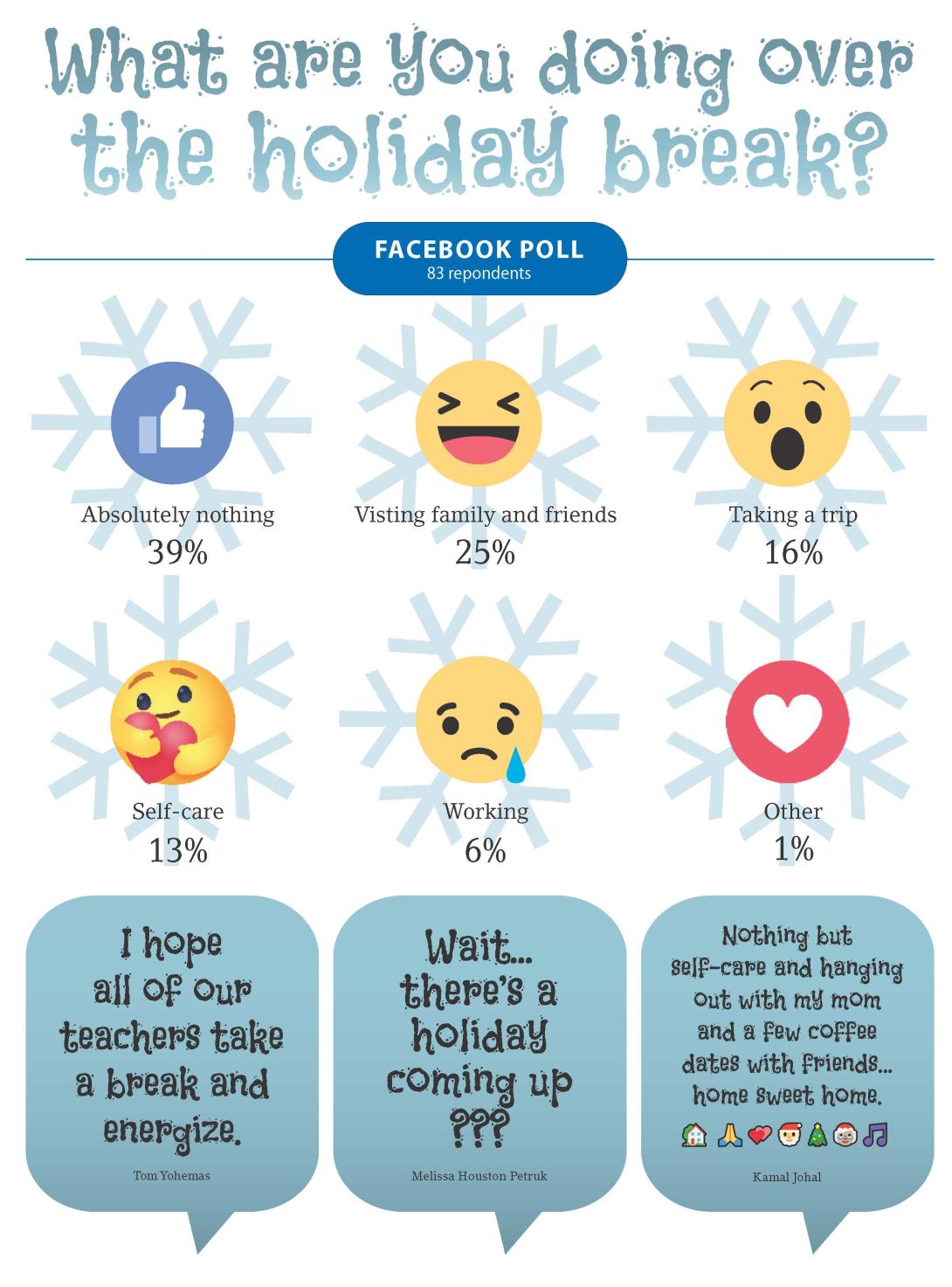It has been said that the only thing that truly matters in life are your relationships with others. But what if your relationships with your family and friends are marred by violence? What if the people who are supposed to protect you, don’t?
It is called many things … domestic violence, domestic abuse, spousal abuse, intimate partner violence, battering or family violence. But whatever we decide to call it, the sad fact is that gender-based violence still exists. And it affects us all. It destroys families, weakens the fabric of our society, and takes a heavy toll on our communities and our economy.
Sadly, Alberta continues to lead the pack when it comes to domestic violence. Every hour of every day, a woman in Alberta will undergo some form of interpersonal violence from a current or former partner. Each year, more than 40,000 arrests result from domestic violence; that’s about 12 per cent of all violent crime in Canada. On any given day in Canada, more than 3,300 women along with their 3,000 children, are forced to sleep in emergency shelters to escape domestic violence. Every night, about 200 women are turned away because the shelters are full. And every six days in Canada, a woman is killed by her intimate partner.
Family violence creates a home environment where children live in constant fear. We know that boys who witness their mother’s abuse are more likely to batter their female partners as adults than boys raised in nonviolent homes. Many girls who witness their mother’s abuse grow up to believe that threats and violence are the norm in relationships, and perhaps the most chilling of statistics, 63 per cent of adolescent boys who commit homicide kill their mother’s abuser. Children who witness violence suffer the same consequences as those who are directly abused. In other words, a child who witnesses spousal violence is experiencing a form of child abuse.
Studies unequivocally show that the precursors of domestic violence occur in childhood and adolescence. Children and youth learn relationship skills and social behaviours from their parents, other family members, their peers and their teachers. A high proportion of children who witness or experience violent relationships in childhood go on to perpetuate these patterns in adulthood. A growing body of research shows that domestic violence is often preceded by dating violence in adolescence, which is, in turn, often preceded by bullying and aggression in childhood and early adolescence. The lessons of power and bullying learned in the playground are often refined and intensified into domestic abuse as adults.
Today Canada recognizes the 16 Days of Activism Against Gender-based Violence. This is an international campaign that begins on Nov. 25, the International Day for the Elimination of Violence Against Women, and goes until Dec. 10, Human Rights Day. This campaign started in 1991 to call out and speak up about gender-based violence, and to renew the world’s commitment to ending violence against women, girls and 2SLGBTQI+ individuals.
Violence prevention programs in junior and senior high have had extremely positive results. According to the Canadian Women’s Foundation
- eighty-three per cent of teens who participated in a violence prevention program said they learned how to recognize an abusive relationship and now know what to do if they or someone they know is being abused;
- sixty per cent used these new skills in their own dating relationships and credited the program with helping them to choose the right partner or leave an unhealthy relationship;
- sixty per cent of students in a high school with a violence prevention program noticed a decrease in violence and bullying in their school and in the broader community.
Domestic and gender violence are complex and intractable social problems that cannot be easily solved. But the cycle of violence can be broken. By helping our young people learn positive healthy relationship skills, we can help end the cycle.


